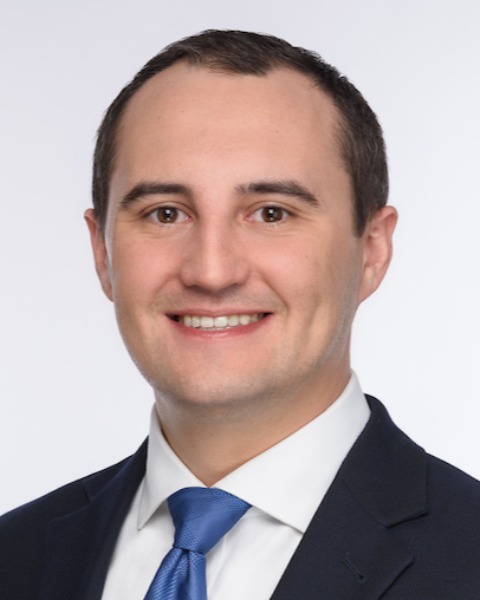Deformity
Return to Golf and Tennis in Spinal Deformity Patients with Long Constructs
Friday, February 21, 2025

Kurt Holuba
Medical Student
New York Presbyterian The Allen Hospital/ The Spine Hospital, Columbia University Medical Center, New York , New York, United States
Presenting Author(s)
Disclosure(s):
Kurt Holuba: No financial relationships to disclose
Introduction: Golf and tennis are popular sports that require spinal flexibility and rotational strength. Spinal fusion surgery, limits range of motion which may impact an athlete’s ability to return to play (RTP).
Methods: A retrospective analysis of consecutive patients from 2015-2023 who underwent spinal fusion of consecutive levels from pelvis to T10 or higher was conducted. Patients who were ≥12 years old, active golf/tennis players before surgery, and had a minimum of 2-year follow-up completed a sport-specific questionnaire about their preop and postop ability. Postop RTP time and sport-specific metrics were obtained. SRS-22 and Oswestry Disability Index (ODI) scores were collected at baseline and at one year postoperatively. Demographics, clinical presentation, and operative data were also collected.
Results: 23 patients were included at a mean follow-up (FU) of 5.5±1.9 years. 39.1% (n=9) were golfers, 52.2% (n=12) were tennis players, and 8.7% (n=2) played both. Mean age was 53.4±17.8 years, mean BMI was 24.0±5.4 kg/m², and 78.3% (n=18) patients were female. 72.7% (n=8) patients returned to golf (RTG) at a mean 1.3±0.6 years after surgery. 57.1% (n=8) patients returned to tennis (RTT) at a mean 1.5±1.6 years after surgery. Patients improved in VAS pain score from baseline (7.1±2.4) to latest FU (1.7±2.0; t(46.4)=-8.4, p< 0.01), SRS-22 from baseline (68.2±16.6) to latest FU (89.5±16.3; t(40.8)=-4.2, p< 0.01), and ODI from baseline (33.8±20.3) to latest FU (12.5±16.6; t(41.6)=3.8, p< 0.01), all of which met MCID standards. Of those that RTG, patients maintained or improved performance in: 87.5% (n=7) in self-assessed golf ability, 12.5% (n=1) in handicap, 75.0% (n=6) in number of days golfing per year, and 100.0% (n=8) in pain while golfing. Of those that RTT, patients maintained or improved performance in: 75.0% (n=6) in self-assessed tennis ability, 87.5% (n=7) in maximum games per session, 50.0% (n=4) in number of days playing tennis per week, and 87.5% (n=7) in pain while playing tennis. Regression analysis showed that gender, age, BMI, baseline SRS-22, and baseline ODI were not predictive of RTP.
Conclusion : The majority of patients RTG and RTT safely following long-construct spinal fusion. Those who RTP can reasonably expect equal or improved sport performance following spine surgery.

.jpg)